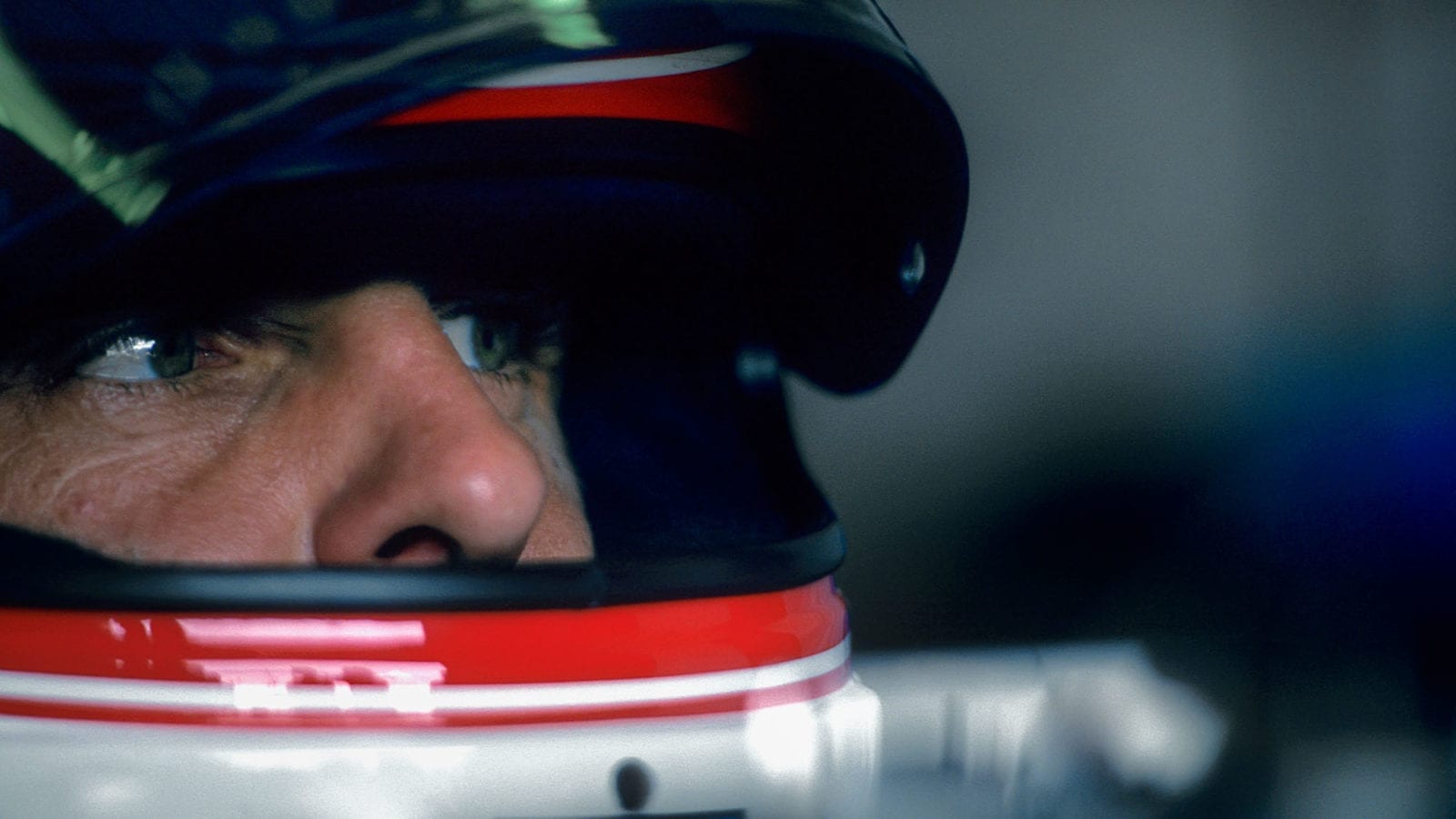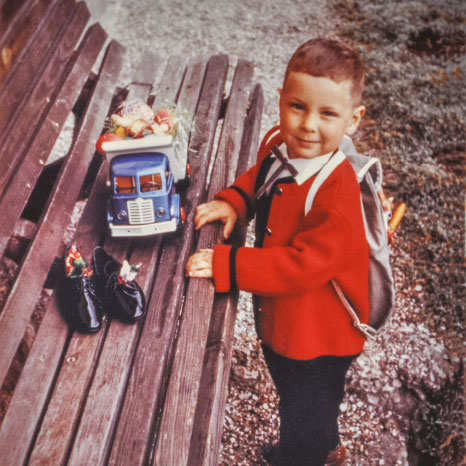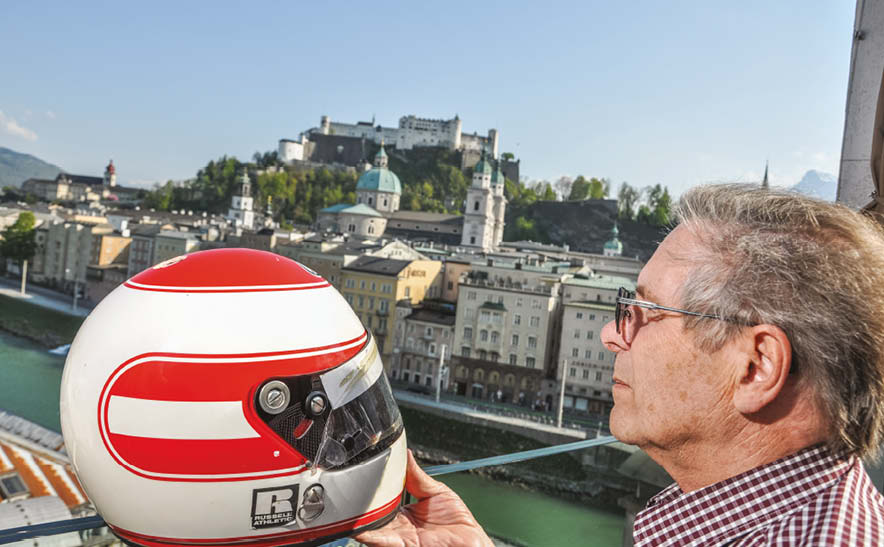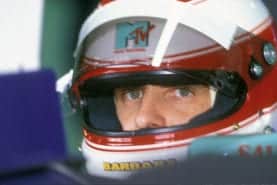Ratzenberger’s accident deeply affected Ayrton Senna, who saw it unfold on the monitors in the Williams garage. He commandeered a course vehicle to inspect the accident scene. The stories of Senna calling his girlfriend Adriane in tears and Professor Sid Watkins trying to convince him not to drive have been told before. Rudolf Ratzenberger confirms the rumour that Senna was carrying an Austrian flag in his Williams, with which he planned to honour Roland after winning the grand prix: “Josef Leberer, Senna’s Austrian physiotherapist who also knew Roland, told me that Ayrton did indeed carry an Austrian flag with him.” Ratzenberger’s friend Harald Manzl speaks of a budding friendship between Senna and Ratzenberger, and says that Senna meant to visit Ratzenberger in Salzburg: “There’s a large meadow in Salzburg where many model aeroplane flyers gather. Senna was a keen model flyer, so he wanted to see this. The plans to come to Salzburg were already in place, but it wasn’t meant to be”
A day later F1 lost an icon when Senna crashed at Tamburello. His death would not only immerse the world in mourning, it would also ensure that Roland Ratzenberger would be forever overshadowed. Rudolf doesn’t quite agree with that view though. He says: “What happened to Roland was a tragedy, but it was an accident for which nobody is to blame. Compared to Ayrton and his three world titles Roland – despite his years of experience – was a total nobody in F1. We felt the way Ayrton reacted to Roland’s crash was an honour in a way; he recognised what the loss of Roland meant. That he died only a day later made Ayrton and Roland twins, in that they died simultaneously, chasing their ideals. To us it is very clear that without Ayrton’s death, Roland would have been long forgotten.”
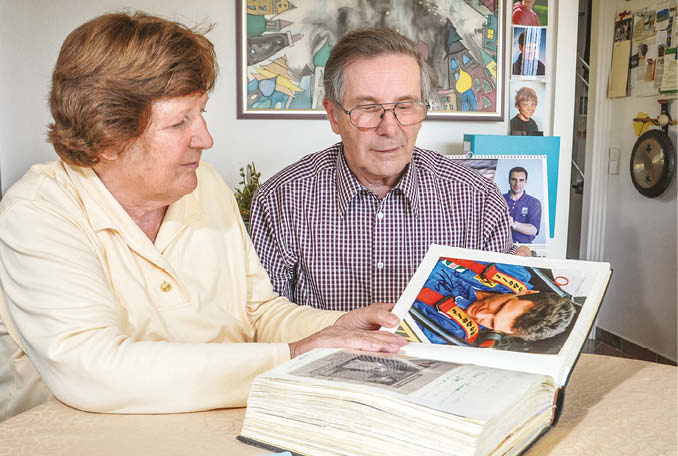
After Imola the F1 fraternity made a booklet for Roland and Margit, signed by every driver on the grid. The most touching entry came from Mika Salo, who wrote ‘For my best friend.’ Salo remembers all the parties he and Roland went to while racing in Japan: “We had so many drinks and did loads of stupid, unprintable stuff. Roland loved to have fun. I didn’t really follow his exploits in F1; I knew he’d signed with Simtek but I also knew it was a worthless team. He deserved better. Racing made him his living. It was the best job in the world, but it was his job nevertheless. He earned good money in Japan, and he’d save every last cent. You could always count on Roland to help you, but he never bought me dinner because he was saving up everything to buy a house in Salzburg.” He did do so, just before his death.
Today Rudolf and Margit live in the apartment, overlooking the mountains, of which Roland received the keys a week before his death. In the basement Rudolf keeps his son’s trophies. There’s also a box which was given to Rudolf at the end of 1994 by the Italian police. It contains Roland’s belongings, the gloves and also the helmet he was wearing when he crashed at Imola. The left side of his helmet is badly damaged but the right side is undamaged. You could look at it and believe nothing ever happened. Rudolf points out it is the only helmet he has from his son’s F1 career. That very helmet embodies the dream his son had, the dream he got to live only so briefly. Rudolf sighs: “I’ll be happy when April 30 has passed. The emotions are still so strong. But I feel it’s my duty to keep Roland’s memory alive, but at 85 it’s becoming difficult. You know, we were never the euphoric kind of parents. That’s just not us. I’m not good at giving praise. I feel like I only learned after his death to value what my son achieved by making it to F1. Sometimes I worry that I didn’t praise Roland enough during his short lifetime.”
